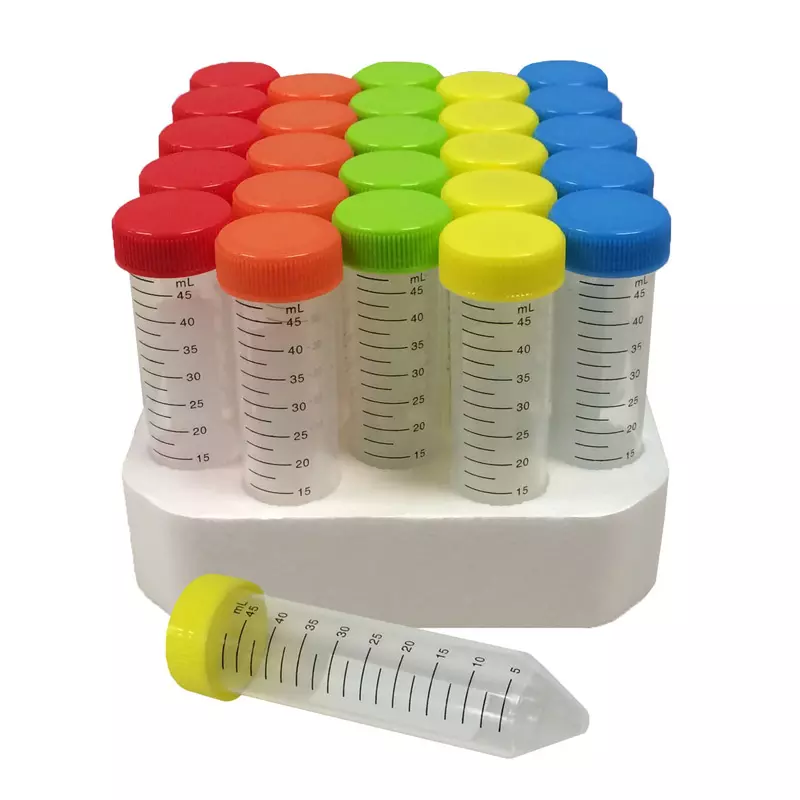A Guide to Some Best Practices Liquid Lab Handling
June 16 2016 /
Handling liquids in a lab environment requires specialized knowledge and instruments. Accuracy and precision are crucial, so you need the best instruments you can get. But even the best instruments need to be paired with good technique, and they can't protect against damage to samples and accidents when handling hazardous items. Here's how to incorporate best practices, safety, and precision into your lab when handling liquid materials:
Establish Crystal Clear Training for Procedures and Protocol:
Before we even get into the details of lab liquid handling protocol, we need to talk about training. In any organization, good training is the key to success, but in a lab it can make the difference between whether you have established a safe or hazardous working environment, as well as the difference between the success or failure of an experiment. And sometimes those experiments can make the difference between life and death. Impeccable training is imperative in establishing procedure and protocols. There should be a designated senior staffer who sets training programs, rather than having training programs established by committee. When the buck stops with a particular person, it's not as easy to pass the buck. Document procedures and protocol in a training manual, so that there is an established plan to refer to when procedures are in question. Don't rely on one-to-one training without oversight, as it's too easy to have personal variations in procedures for handling liquids. Also, a drilled-down single page document posted in the the lab in several locations will remind everyone of standard operating procedure and refer them to this manual or senior staffer for further questions.
The ABCs of Safe Liquid Lab Handling
The first consideration for any liquid handling in labs is safety, particularly when handling flammable or hazardous liquid samples. Avoid accidents with these pointers.
- Reduce the amount of flammable liquids you have on hand in your lab to a minimum. In general, keep on hand only with you will need in the short term, especially in your work area, and buy in the smallest batches and sizes possible. Excess flammable liquids are a fire, health, and spill risk, and any surplus that is not used will cost money for disposal.
- Store flammables in a UL-approved flammable storage cabinet. Do not store in cabinets that sit underneath fume hoods or sinks.
- Set flammable liquids on a tray or pan to catch any spills.
Know Your Liquid Lab Terms
There are some common instruments that are used for handling liquids in labs. Here are a few that are good to know:
Pipette (or Pipet or Pippetor): A pipette is a lab tool used for chemistry, biology, and medicine to carry a measured liquid sample. They are available in several styles, with varying accuracy, form single piece glass pipettes to higher tech adjustable and electronic pipettes. Whatever the type, many work by creating a vacuum above the liquid-holding chamber and using the vacuum to pull and dispense the liquid. The precision of measurement depends on the type of pipette.
Centrifuge Tube: This is a cylinder-shaped calibrated glass tube that fits into a centrifuge machine. The centrifuge spins the tube samples at high speeds to for purposes of testing and analysis.
Cryovial: This is a vial that is specifically designed to store liquid materials at very low temperatures.
Culture Tube: A culture tube, which is also known as a test tube, is one of the most widely known pieces of laboratory liquid glass- or plastic-ware. The tube is about a finger's length. open at the top with a U-shaped bottom.
How to Make Sure You are Handling Liquids Precisely:
One of the main ways to measure liquids is through the use of pipettes. And while pipettes may be precise instruments, how accurate they are depends on you. With good pipette maintenance and technique, and a thorough understand of their functioning, you can be sure of the accuracy. Here are some ways to make sure your measurements are precise:
- Practice good maintenance: Clean pipettes daily and check for damage. Store vertically in a pipette holder. Never set on its side with liquid and use well-fitting tips.
- Practice good technique: Pipette with a slow, smooth action, and hold the pipette vertical and immerse the tip slightly when drawing the liquid in. To dispense liquid, hold the pipette vertically, but tilt the receiving vessel to 45 degrees.
- Here are a few more tips: Check your accuracy and take the ambient temperature and sample temperature into account. And use the largest volume possible, as larger volumes are more accurate than smaller volumes.
We hope this guide has been useful to you in your work with liquids in laboratory settings. For the very best in liquid laboratory tools, visit our Next Day Science Liquid Handling page at /liquid-handling/
